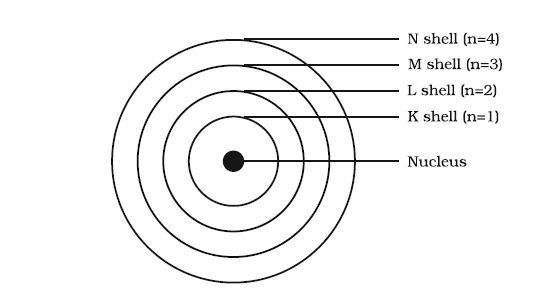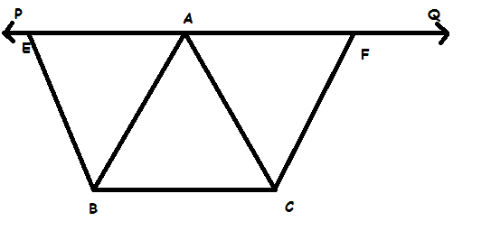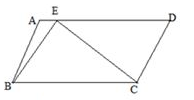9th Grade > Mathematics
AREAS OF TRIANGLES AND PARALLELOGRAMS MCQs
:
A, C, and D
 D and E are the midpoints of AB and AC.
D and E are the midpoints of AB and AC.
DE will be parallel to BC (Midpoint theorem).
Area of ∆BEC and ∆BDC will be equal as they are on the same base and between the same parallel lines.
Also, Area of ∆BEC - Area of ∆BOC = Area of ∆BDC - Area of ∆BOC.
Thus, Area of ∆DOB = Area of ∆EOC.

:
C
It can be observed that parallelogram PBCS and PQRS are lying on the same base PS. However, these do not lie between the same parallel lines.
It can be observed that parallelogram ABCD and triangle PQR are lying between same parallel lines AD and BC. However, these do not have any common base.
It can be observed that parallelogram PQRS and triangle TQR have a common base QR and they are lying between the same parallel lines PS and QR.
It can be observed that parallelogram PQRS and trapezium MNRS have a common base RS. However, their vertices, (i.e., opposite to the common base) P, Q of parallelogram and M, N of trapezium, are not lying on the same line.
:
A
Draw a line joining D and B.
See that parallelogram PDBQ and triangle ADB are on same base and between same parallels PQ and DB.
Area(ADB) = 12 Area(PDBQ) = 14 Area(PQRS)
Similarly, Area(DCB) = 12 Area(DBRS) = 14 Area(PQRS)
Area(DABC) = Area(ADB) + Area(DCB) = 12 Area(PQRS)
Area(PQRS) = 2 × Area(DABC)
:
B
In △DAO and △OCB
∠DAO=∠OCB(Alternate angles)∠ADO=∠CBO(Alternate angles)AD=CB(Opposite sides of parallelogram)Hence, ΔADO≅ΔCBO(AAS congruence)Similarly it can be proved thatArea(ΔDOC)=Area(Δ(BOA)
In △ABD, AO is the median.
A median divides a triangle into two equal parts.
Hence 1 = 4
Similarly 2 = 3
∴1=2=3=4
:
B
If a triangle and a parallelogram are on the same base and between the same parallels, then the area of the triangle is equal to half the area of the parallelogram.
So, Area △ BEC = 12 × Area parallelogram ABCD
Area △ BEC = 12 × 1728
= 864 square units
:
A
Parallelogram ABCD and triangle ABD are on the same base and between same parallels .
Area(△ADB) = 12 Area of parallelogram(ABCD)
As P and Q are the midpoints of DC and AB, Area of parallelogram(AQPD) = 12Area of parallelogram(ABCD)
So, Area(△ADB) = Area of parallelogram(AQPD)























